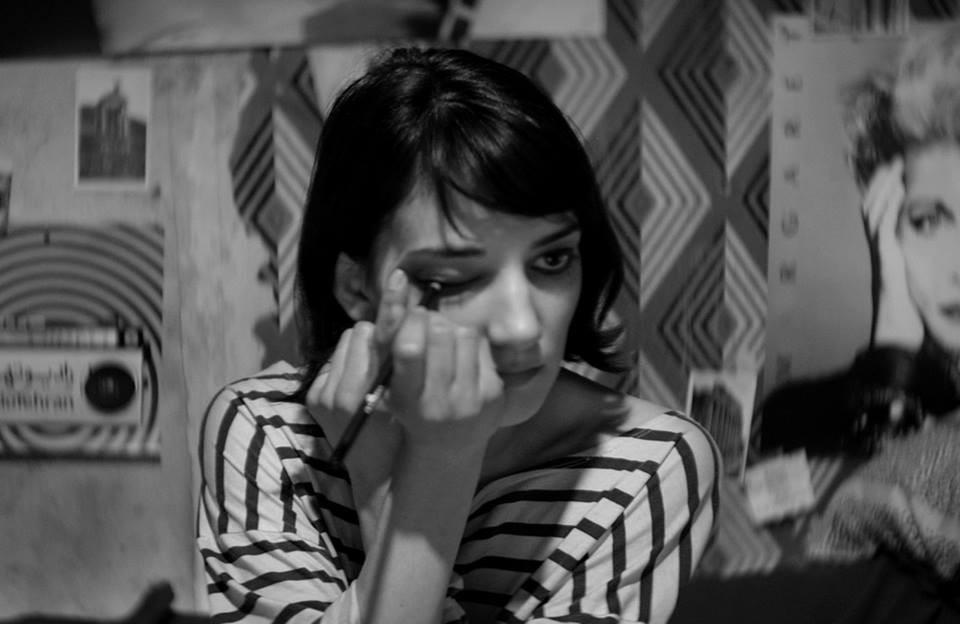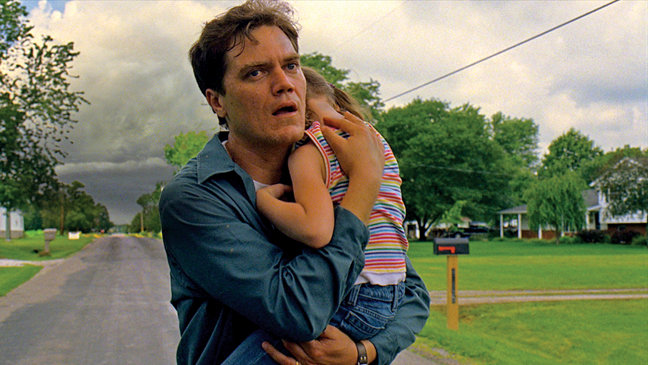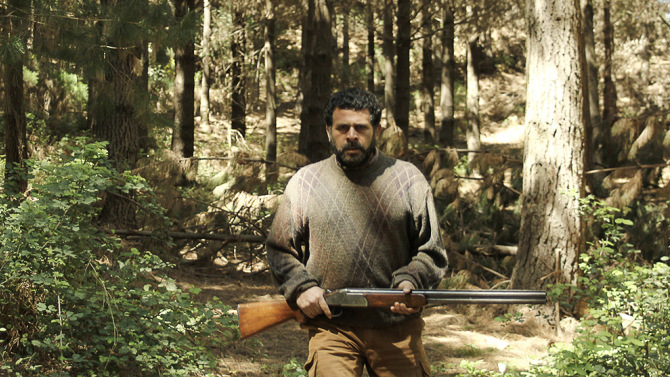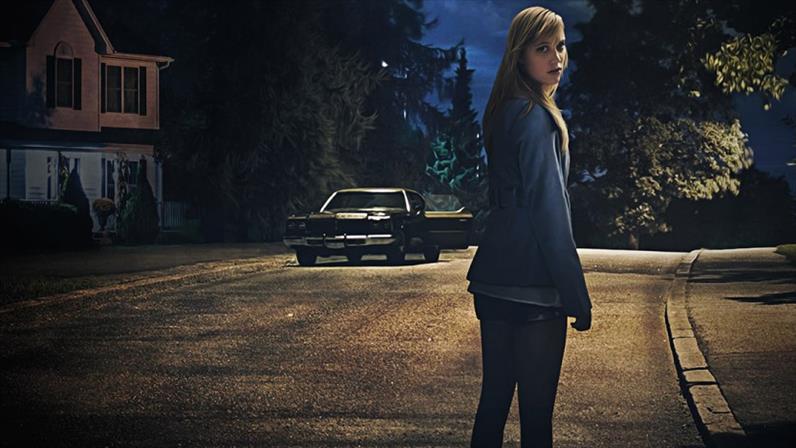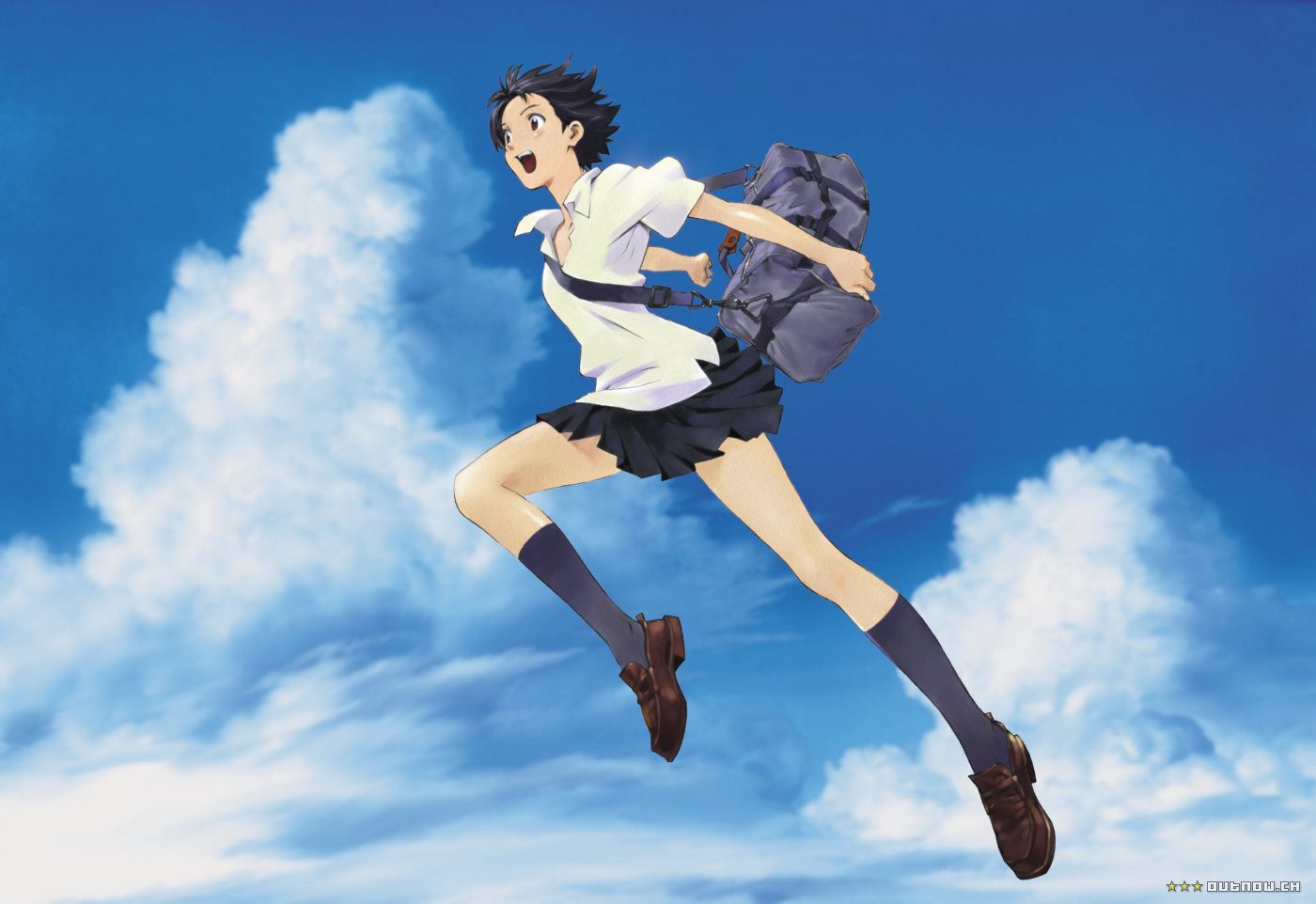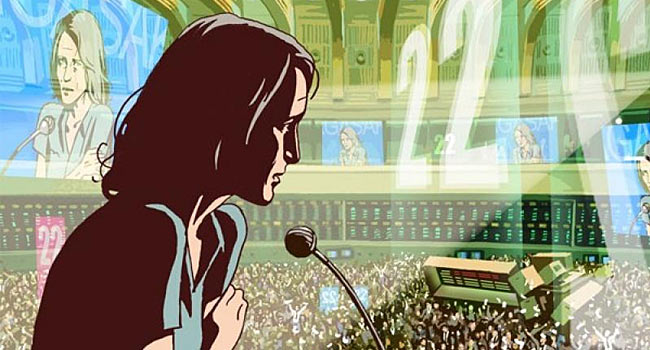It is impossible to predict what will be the next classic films, the ones that will be remembered with the passage of time.
This list ventures to guess, and suggests 15 new (or not so new) directors with less than five films and projects to come. They are the new voices representing the present code of cinema. Quick editing, genre blending, and a consciousness of film history, among other characteristics, repeat with these directors.
15. Ana Lily Amirpour
The first and only feature film by Ana Lily Amirpour won the attention only by the genre description: a vampire western called “A Girl Walks Home Alone At Night” (2014). The interest grew for those who saw the trailer, showing stylized camera work in black and white with a vampire wearing a chador and riding a skateboard.
The plot and minimal dialogue complete the mix, but main value of the film is how her style presents and flows in a mixed bag, but seems completely coherent on its way. All the killings and vampire chasing have this sensual pacing and western feeling, and probes how cinematography and sound design can make every movement of the scene something interesting for the spectator.
Her next film has been described as a “post-apocalyptic love story” settled in a Texas desert where some people are practicing cannibalism. Amirpour will continue her way with her twisted tales about love and loneliness stylized by the sound of electro-pop.
14. Jeff Nichols
“Shotgun Stories” (2007), the terrific debut film by Jeff Nichols, didn’t enjoy the success of his following movies, but settled the ground of his style. The forgotten landscapes of United States serve as the background of the characters of Nichols’ cinema. His native Arkansas is the space where the characters of “Shotgun Stories” discover their family issues in the middle of the cotton fields.
Arkansas would appear again in his latest film “Mud” (2012), and ran a similar background for the plot. Nichols’ broken characters try to fix their minds and relationships on the middle of the isolation, and he makes their background reflect their interior worlds.
Another remarkable aspect of his films is the way he directs actors and brings intensive performances out of them. The paranoia and confusion of Michael Shannon in “Take Shelter” (2011), or the mysterious loner played by Matthew McConaughey in “Mud”, are examples of great performances. Currently Nichols is shooting a film a called “Loving” and preparing for the release of “Midnight Special”, so maybe his best efforts are forthcoming.
13. Alejandro Fernández Almendras
After some discreet time on the international level, certain films from Chile started to get some recognition around the world, including films by Sebastián Lelio, Pablo Larraín and Sebastián Silva. However, probably the most complex and interesting film from the bunch is Fernández Almendras’ “To Kill a Man” (2014).
In this film, a regular man gets tired of being chased by neighborhood criminals, and decides to kill one of them. The value of the approach of Fernández Almendras’ take on the revenge film was how this planned revenge only represents a part of the film.
What comes next is even more important than the revenge. The film places us in the common feeling of the revenge film, where the spectator waits for the bad man to die in a cruel way, but in “To Kill a Man” there is no real satisfaction coming from this resolution. The language of the film, again, is another key element, oppressing the characters on the bottom of the frame and cutting them in an unusual way.
His next film will be about the real case of Martin Larrain, a critical incident in Chile where the son of a famous politician got absolved from a crime that he clearly committed. Clearly, the director’s take on justice will be present in his next film as well.
12. David Robert Mitchell
With most of the directors on the list, we can try to track their interests and style only with a couple of films. The case of Robert Mitchell is a little bit more complicated in the strong difference between his only two films. His coming-of-age debut “The Myth of the American Sleepover” (2010) and the spectrophilia horror “It Follows” (2014) don’t share enough attributes to tell exactly the themes and style of his work, but they certainly show the director’s potential.
His first film had good reviews, but didn’t put him on the map as his second try did. With “It Follows”, Mitchell brought us one of the most discussed new horror films. Influenced by Carpenter and Romero, the film uses a retro style, but the kind of retro influence that takes consciously these influences as something well known by the audience.
It was also a film that won a fan base very quickly and some detractors as well. Only time will tell the future status of “It Follows”, but surely we should keep an eye on Mitchell.
11. Mamoru Hosoda
This Japanese director moved from Toei Animation Studios to Madhouse Studios, in order to create his own studio. Hosoda proved restless, working with two of the greatest animation studios to finally creating his own to fulfill his necessities. He attempted to direct “Howl’s Moving Castle”, but the slow development forced Studio Ghibli to pass the project to Hayao Miyazaki.
That wasn’t the first rejection he got from the studio, years before the tried to get in as an animator, but he got a rejection letter signed by Miyazaki.
However, this background is just an anecdote considering about what was coming for Hosoda. After “The Girl Who Leapt Through Time” (2006), he started to make a voice as a director, and he confirmed this with his next two films.
The plots and backgrounds of his films are widely different, but his animation style, and focus on relationships inside a family and how the differences between an older and a new generation work, is present in all his films. Next year we will be able to see “The Boy and the Beast”, which has already had been praised at film festivals.
10. Jonathan Glazer
Spike Jonze, Michel Gondry and Jonathan Glazer represent the three main examples of video-clip directors from the 90s who took the leap to film direction into the next decade.
However, if Glazer’s career in the 90s was equally successful as his partners and achieved some of the greatest examples (the video for UNKLE’s “Rabbit in Your Headlights” had been placed more than once on “best of all time” lists), his film career had been a somewhat less famous and consistent. With only three films since his debut in 2000, his work on publicity seems to take half of his time.
Like the two other directors mentioned above, Glazer’s style comes from a field where cinematography and rhythm are the main aspect, and it is something totally present on his three films. His greatest achievement in this field can be seen on his latest film “Under the Skin” (2013), where the score by Mica Levi plays one of the main roles for the pace of the film.
9. Ari Folman
A common characteristic for many young directors is to blend different styles without prejudice, and take influence from everywhere. The idea of coming up with something new and destroying the old doesn’t seem so present these days, and the idea of the collage and blending as a new code started to get more relevance. In the case of Ari Folman, this consciousness of the state of animation has allowed him to combine everything.
“Waltz with Bashir” (2008), for instance, made a totally new and fresh code out of mixing codes that aren’t suppose to be mixed. It is a war documentary, an autobiographical film, a semi-fictional account on many parts, and is made out of a new animation technique that mixes cut-out with traditional 2-D animation. It looks like a modern version of Ralph Bashky’s rotoscopy, but the feeling is totally modern. Blending and mixing turned into “Waltz with Bashir” into one of the freshest films of the past decade.
There was a similar approach for the sci-fi madness of his next film “The Congress” (2013), in a brave blending of live action and animation. Unlike most of the films with that mix, this blending is totally conscious in the movie’s plot, and it is an integral part of its world. It is meta-animation like never seen before. His next film, a biography of Anne Frank, will mix traditional stop-motion backgrounds with traditional 2-D characters.
